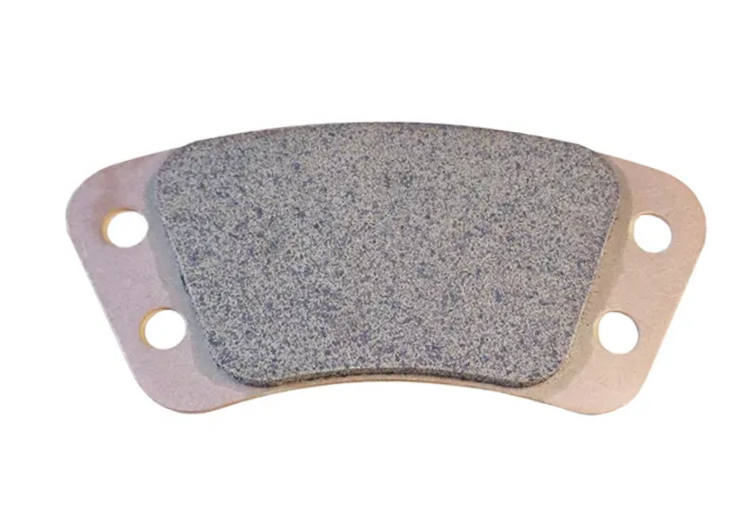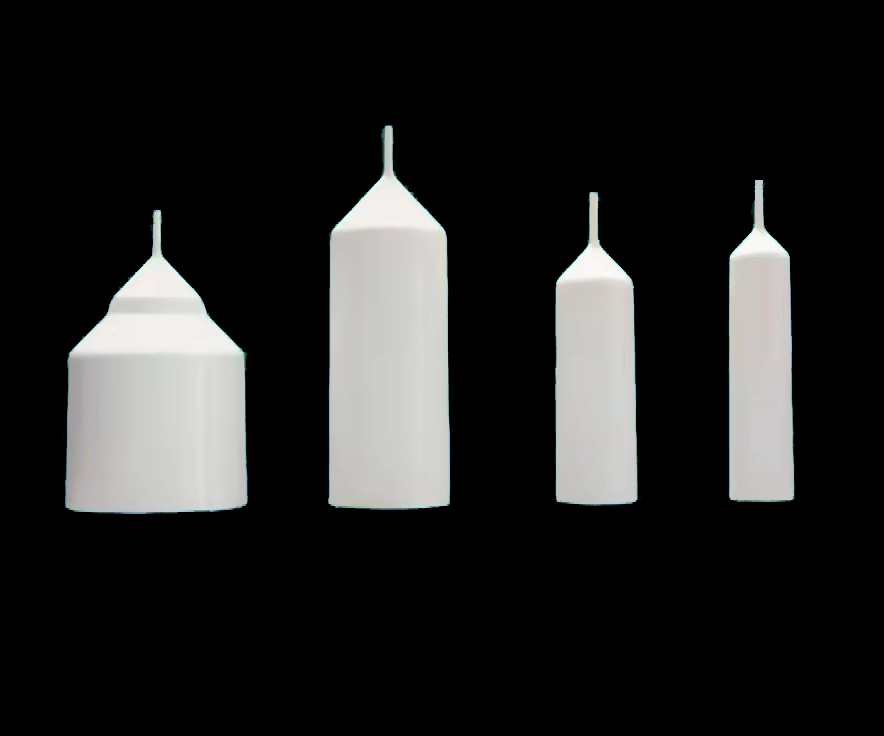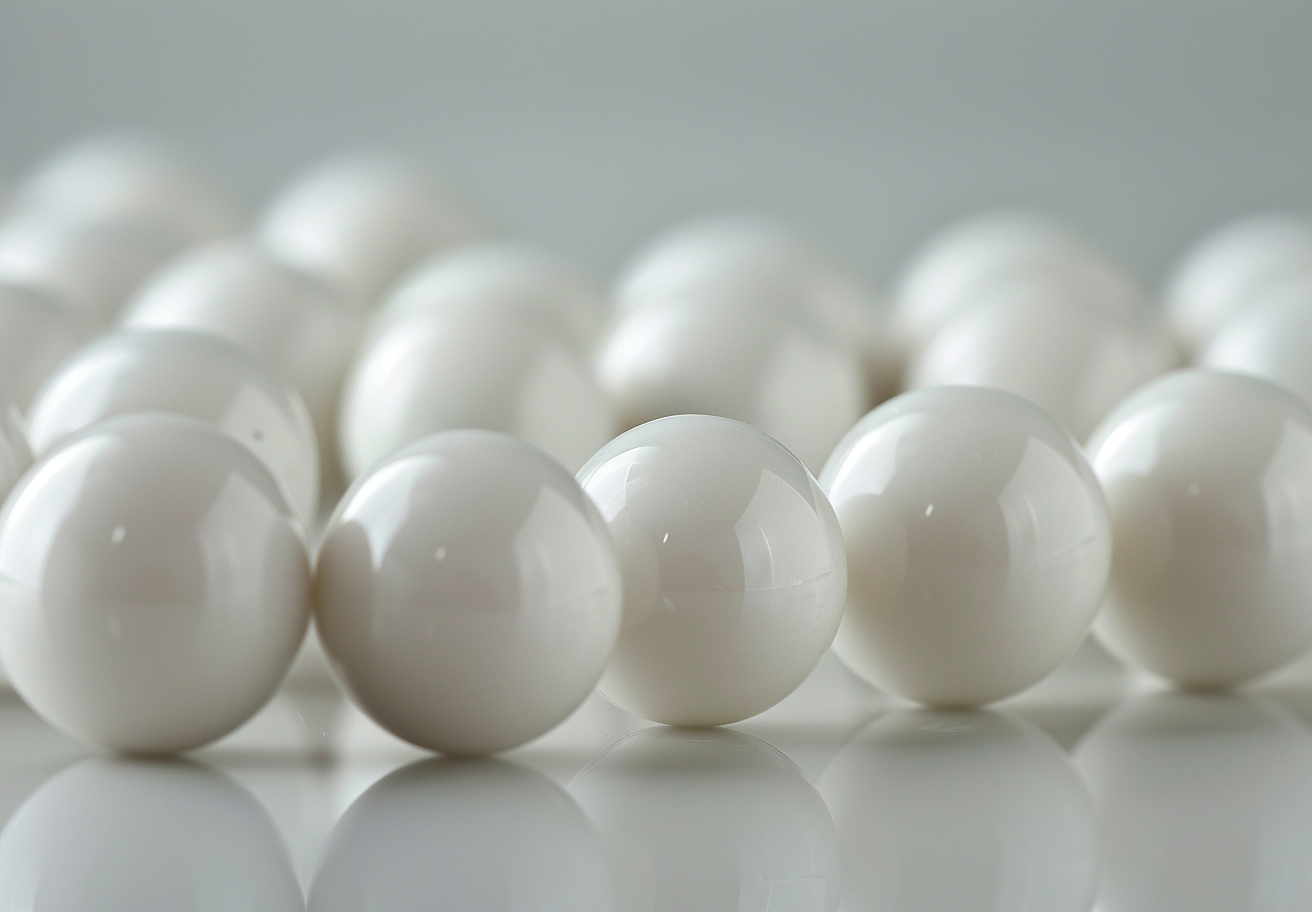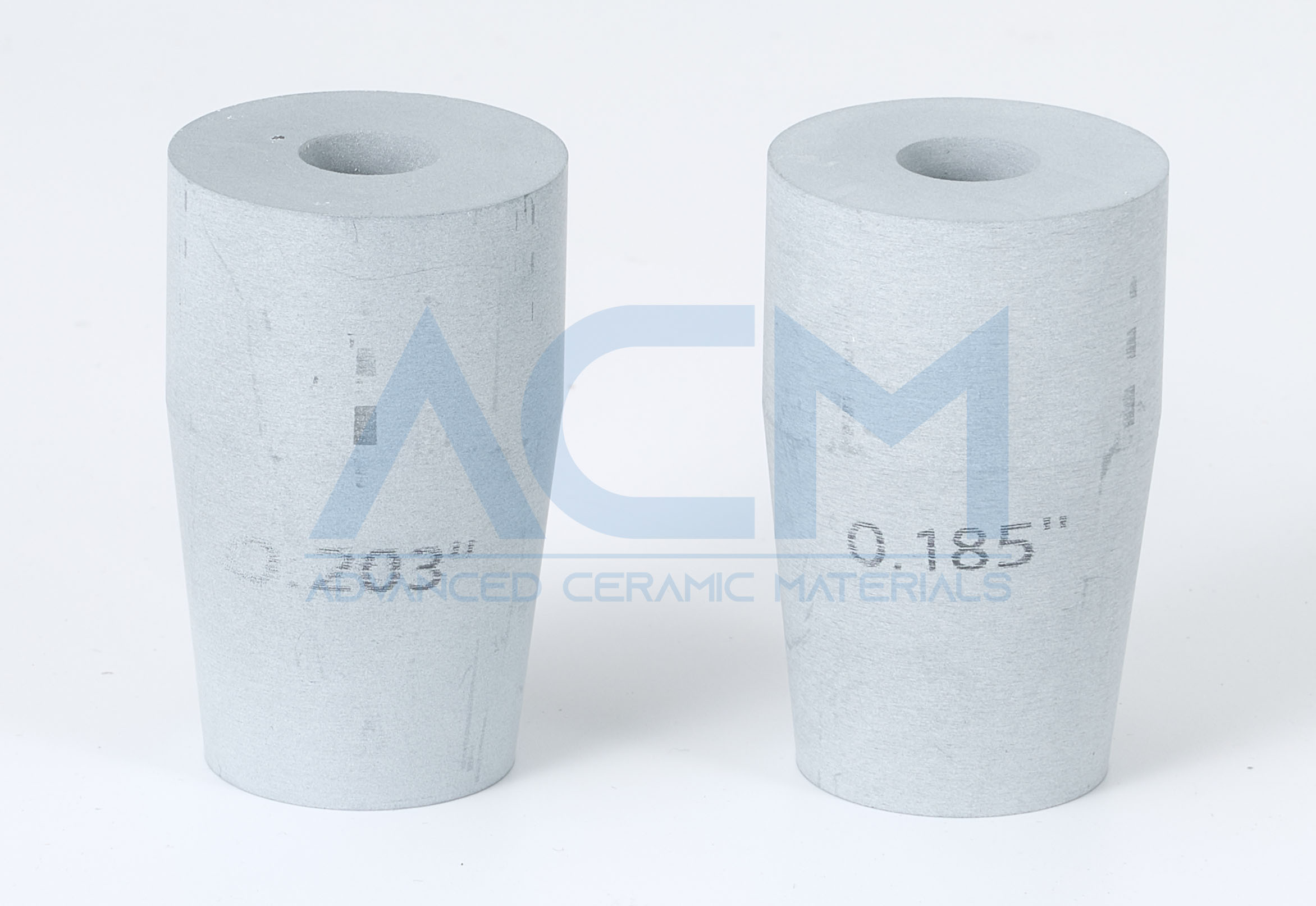Carbon-Ceramic Brake Pads vs. Traditional Metal Brake Pads
1. Introduction
The brake system plays a pivotal role in ensuring safety and control in high-performance environments such as aircraft and race cars. While traditional metal brake pads have been the industry standard for many years, the increasing demands for lightweight materials, heat resistance, and longevity have made carbon-ceramic brake pads a popular choice in advanced applications. This article will compare the two types of brake pads, focusing on their performance and benefits in the aerospace and motorsports industries.
2. Traditional Metal Brake Pads: Characteristics and Limitations
Traditional metal brake pads, typically made from materials like steel, cast iron, or copper alloys, are widely used in everyday vehicles due to their affordability and reliability. However, when subjected to the extreme conditions found in aviation and racing, these materials exhibit several key limitations:
-
Weight: Metal brake pads are relatively heavy, negatively impacting performance, especially in high-speed applications like race cars or aircraft. Reducing weight is a critical factor in both aerospace and motorsport engineering, where even small improvements in weight can significantly enhance overall performance.
-
Heat Resistance: Brake systems in race cars and aircraft are subjected to intense heat during braking. While functional at moderate temperatures, metal brake pads tend to degrade under high heat, leading to quicker wear and reduced braking efficiency. This can cause issues like brake fade, where the brake pads lose their ability to generate sufficient friction.
-
Durability: Over time, metal pads wear down due to friction with the brake disc. This results in the need for frequent maintenance and replacements, which is both costly and time-consuming in high-performance applications.
3. Carbon-Ceramic Brake Pads: Advantages and Applications
Carbon-ceramic brake pads, made from a combination of carbon fibers and ceramic materials, have been developed to overcome the limitations of metal brake pads. These pads offer several distinct advantages, particularly in high-performance fields like aerospace and motorsports.

-
Lightweight: One of the main advantages of carbon-ceramic brake pads is their significantly lower weight compared to traditional metal pads. In racing, every kilogram saved can improve acceleration, handling, and overall vehicle performance. In aircraft, reducing weight is crucial for fuel efficiency and overall performance.
-
High-Temperature Performance: Carbon-ceramic materials excel in high-temperature environments. Unlike metal brake pads, which can lose efficiency under intense heat, carbon-ceramic pads can withstand temperatures of up to 1,000°C without degrading. This makes them ideal for high-performance vehicles that generate excessive heat during braking.
-
Superior Durability: Carbon-ceramic brake pads are more resistant to wear and tear than metal pads. They are designed to last much longer, requiring fewer frequent replacements and reducing overall maintenance costs. The materials used in carbon-ceramic pads also resist corrosion, extending their lifespan further.
-
Consistent Performance: Carbon-ceramic brake pads offer more consistent performance throughout their lifespan. The friction coefficient remains stable over time, ensuring reliable braking power in all conditions, from high-speed racing to emergency stops in aircraft.
4. Applications in Aircraft and Race Cars
Both the aerospace and motorsports industries demand the highest standards in braking performance, making carbon-ceramic brake pads particularly well-suited for these applications.
-
Aircraft: In aviation, brake systems are subjected to extreme conditions, especially during landing. The high-speed deceleration and frequent heating cycles make traditional metal brake pads less effective. Carbon-ceramic brake pads provide superior performance, handling the high temperatures and repeated use without losing efficiency. Moreover, their lightweight nature contributes to improved fuel efficiency, making them a preferred choice in modern commercial and military aircraft.

-
Race Cars: In motorsports, particularly in Formula 1 and other high-performance racing, carbon-ceramic brake pads are the gold standard. These pads can withstand the immense heat generated during racing, maintaining optimal braking performance throughout the race. Their reduced weight also contributes to the overall performance of the vehicle, enabling faster lap times and better handling.
5. Cost and Availability
Despite their numerous advantages, carbon-ceramic brake pads come at a premium price compared to traditional metal pads. The materials and manufacturing processes involved in producing carbon-ceramic pads are more expensive, making them less accessible for everyday vehicles. However, for high-end applications like race cars and aircraft, the benefits of carbon ceramic pads often justify the higher cost.
6. Conclusion
In conclusion, while traditional metal brake pads remain a reliable and cost-effective solution for everyday vehicles, carbon-ceramic brake pads offer clear advantages in high-performance applications such as aircraft and race cars. Their superior heat resistance, lightweight properties, and extended durability make them the ideal choice for extreme conditions where performance and safety are paramount.
As the demand for advanced materials grows, Advanced Ceramic Materials (ACM) continue to play a key role in driving innovation within the braking systems industry. ACM, including carbon-ceramic composites, are increasingly being recognized for their ability to withstand high temperatures and maintain exceptional performance over time. This shift toward advanced ceramics is shaping the future of braking technology, offering significant benefits for industries that require both safety and efficiency in their braking systems.
{{item.content}}
LEVE A REPLY
{{item.children[0].content}}
{{item.content}}











